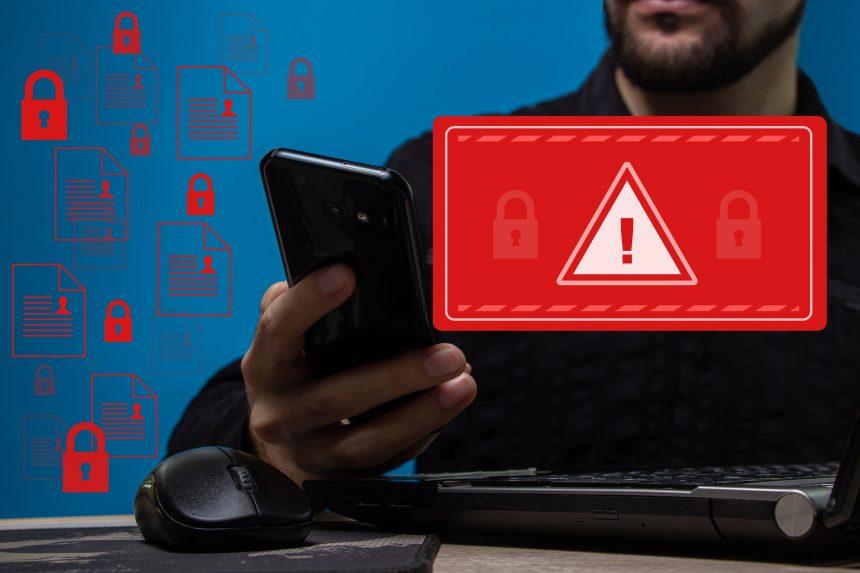In today’s digital age, cyber threats are becoming increasingly sophisticated, and one such threat that has emerged is WalletGuard. This malware primarily targets cryptocurrency wallets, aiming to steal sensitive financial information. Its stealthy nature and ability to bypass traditional security measures make it a significant concern for individuals and businesses alike. In this article, we will explore the actions and consequences of WalletGuard, highlight some of its detection names and similar threats, provide a comprehensive removal guide, and share best practices for preventing future infections.
Actions and Consequences of WalletGuard
WalletGuard is designed to infiltrate users’ systems and monitor their activities, particularly focusing on cryptocurrency transactions. Once it gains access, the malware performs the following actions:
- Data Theft: WalletGuard can capture keystrokes, which may include login credentials for various cryptocurrency wallets and exchanges. This information is then sent back to the attackers, who can use it to access and drain victims’ wallets.
- Browser Manipulation: The malware often modifies browser settings or injects malicious scripts into legitimate websites. This can lead users to phishing sites that closely resemble official wallet pages, tricking them into entering their private keys or recovery phrases.
- System Compromise: WalletGuard can exploit vulnerabilities in operating systems or applications, allowing it to install additional malware. This creates a broader attack surface and increases the potential for data breaches and identity theft.
The consequences of WalletGuard infection can be severe. Victims may experience financial loss due to stolen funds, and the psychological impact of such an intrusion can lead to a lack of trust in online transactions. Furthermore, businesses targeted by WalletGuard could face reputational damage and loss of customer trust.
Detection Names for WalletGuard
Identifying WalletGuard can be challenging due to its polymorphic nature, which allows it to change its code to evade detection. However, some common detection names associated with this malware include:
- Trojan:Win32/WalletGuard
- Malware.AI.1738962071
- PUP.Optional.WalletGuard
Similar Threats
In addition to WalletGuard, other malware types exhibit similar behaviors and pose similar threats to cryptocurrency users. These include:
- Cryptojacking Malware: This malware hijacks a victim’s computer to mine cryptocurrency without their consent.
- Phishing Scams: Attackers often use deceptive emails or websites to trick users into divulging their sensitive information.
- Ransomware: This malware encrypts files and demands a ransom for decryption, often targeting users with valuable data.
Removal Guide for WalletGuard
If you suspect that your system is infected with WalletGuard, it is crucial to act quickly. Follow this step-by-step removal guide:
Step 1: Disconnect from the Internet
Disconnecting your device from the internet can help prevent further data transmission and protect your sensitive information.
Step 2: Enter Safe Mode
- Restart your computer.
- Press F8 or Shift + F8 before the Windows logo appears to access the advanced boot options.
- Select “Safe Mode with Networking.”
Step 3: Use Anti-Malware Software
- Download and install a reputable anti-malware tool, such as SpyHunter.
- Run a full system scan to identify and quarantine WalletGuard and other potential threats.
- Follow the software’s instructions to remove the detected threats.
Step 4: Remove Suspicious Programs
- Open the Control Panel and navigate to “Programs” > “Programs and Features.”
- Look for any unfamiliar or suspicious programs and uninstall them.
Step 5: Clear Browser Data
- Open your web browser and go to settings.
- Clear your browsing history, cache, and cookies.
- Reset your browser settings to default to remove any malicious extensions.
Step 6: Change Your Passwords
Change passwords for all your online accounts, especially those related to cryptocurrency. Use unique and strong passwords to enhance security.
Step 7: Enable Two-Factor Authentication (2FA)
If available, enable 2FA on your cryptocurrency wallets and other sensitive accounts for an additional layer of security.
Step 8: Update Your System and Software
Ensure that your operating system and all applications are updated to the latest versions to protect against vulnerabilities.
Best Practices for Preventing Future Infections
To protect yourself from WalletGuard and similar threats, consider implementing these best practices:
- Use Strong Passwords: Create complex passwords and change them regularly.
- Enable Two-Factor Authentication: This adds an extra layer of security to your accounts.
- Be Cautious with Downloads: Only download software from trusted sources and verify the legitimacy of any applications.
- Educate Yourself about Phishing Scams: Stay informed about common phishing techniques to recognize and avoid scams.
- Regularly Scan Your Computer: Use anti-malware tools like SpyHunter to conduct regular scans and remove any threats.
Conclusion
WalletGuard is a significant threat to individuals and businesses, particularly those engaged in cryptocurrency transactions. By understanding its actions and consequences, identifying detection names, and implementing robust removal and prevention strategies, you can safeguard your digital assets. Don’t take chances—download SpyHunter today to scan your computer for free and ensure your system is secure from WalletGuard and other cyber threats.





